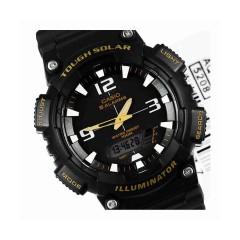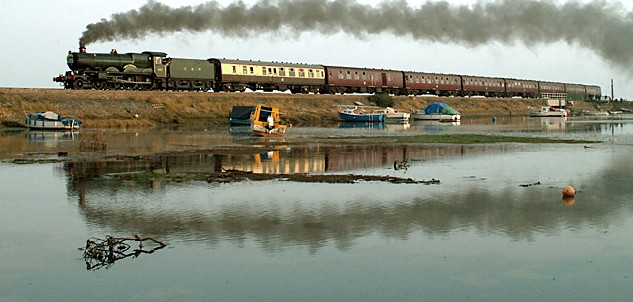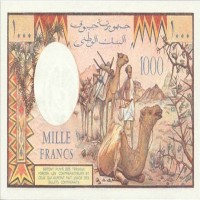The train is a form of transportation, transporting passengers and goods from one place to another. It is a continuous series of vehicles moving on a specific route called "rail lines"; these lines usually consist of two paths in two different directions, to go and return. But sometimes the line may consist of only one course; then the trains of the go and the back trains rotate in a sharp chronological order, otherwise trains collide and die, trains collide, passenger casualties, death, disability, and losses of goods are lost. .The train runs on wheels of solid steel, consisting of a locomotive in the front is a powerful engine that tows passenger vehicles or cargo carts behind; the vehicles also are based on wheels of steel. The wheels are shaped so that they have a side edge from the inside so that they rest on the two iron bars that form the rail and prevent the wheels and therefore the train from getting out of the rails. England was the first to use railways for the first time in history in 1789 until the use of trains in all countries. The first trains operated with coal as an energy source. The coal is heating a tank of water in the locomotive, and it generates a high-pressure steam. This steam drives a steam engine to move the wheels of the locomotive and thus the train moves. With scientific and technological progress, electric trains are being used. They do not work in coal or steam, but they work with electric motors in the locomotive. And the development of trains, including diesel, which is a kind of fast trains and spread in almost all countries for easy use. Diesel locomotives do not need an electrical line above or below which electricity is drawn, such as an electric train. The use of electricity to run trains allowed access to very high speeds, reaching more than 500 kilometers per hour.
New Items
Popular Tags





